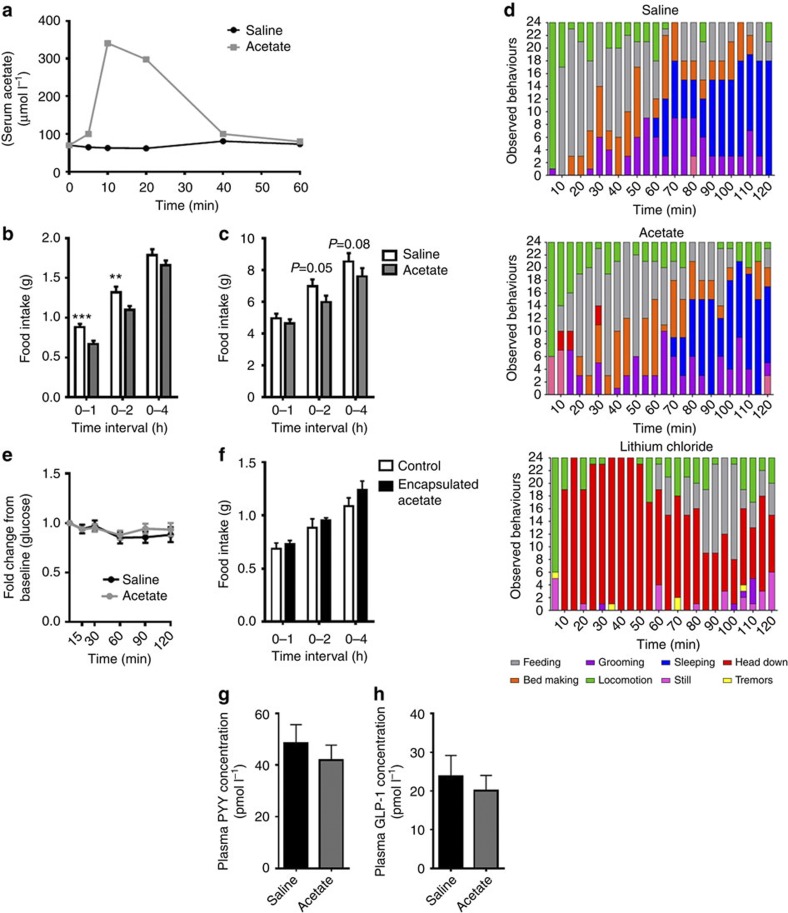Figure 2. Acetate administration reduces food intake.
(a) Serum acetate concentrations of mice administered with 500 mg kg−1 i.p. acetate or saline (n=12). (b) Acute food intake data showing food intake in mice following the acute i.p. administration of acetate (500 mg kg−1) or saline. Food Intake significantly reduced at 0–1 and 0–2 h; ***P<0.001, **P<0.01 (n=21–22 per group). (c) The effect of 2.5 μmol of sodium acetate administered into the third ventricle of cannulated rats on food intake compared with a sodium chloride control injection. Cross-over data (n=15) compared using two-sided, paired Student’s t-test (P=0.05, P=0.08). (d) Behavioural response observed in mice administered either i.p. acetate, saline or lithium chloride (positive control). There was no significant effect on behaviour between saline or acetate as compared using Kruskal–Wallis non-parametric ANOVA (n=8). (e) Change in baseline blood glucose concentrations (fold change) following 500 mg kg−1 sodium acetate or saline injection in ad libitum fed mice (treatment effect P=0.6 as determined by two-way ANOVA; n=9–10 per group). (f) The effect of i.p. liposome-encapsulated acetate on acute food intake. No significant difference throughout based on two-sided, unpaired Student’s t-test (n=7). (g,h) Effects of i.p. acetate on plasma concentrations of appetite-regulating gut peptides PYY and GLP-1. Measurements made 60 min post injection. There was no significant effect on either peptide as determined by two-sided, unpaired, Student’s t-test.

